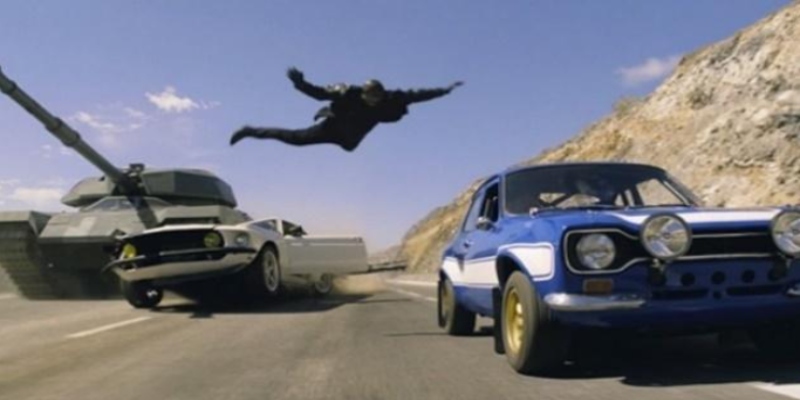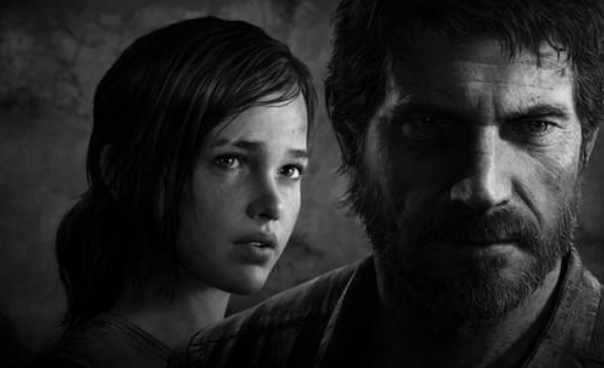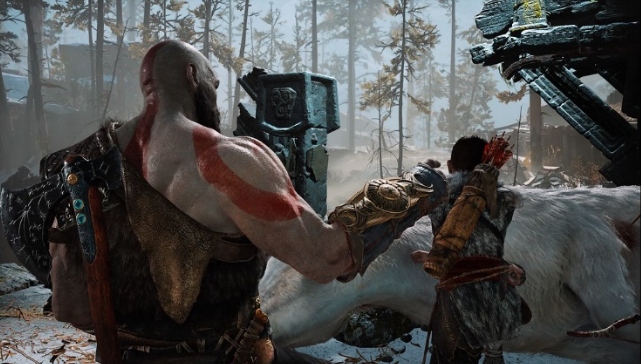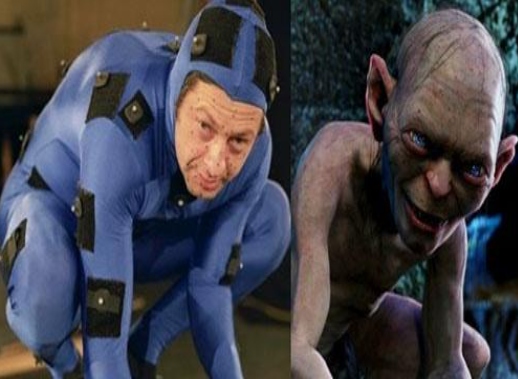
Technology has come a long way since its origins. Nowadays, the magical green screen and some talented artists is all we need to flesh out any incredible environment or a living creature on the big screens.
This was achieved through decades of filmmaking and technological developments. Naturally, there was a time where we had to rely on camera tricks, miniature sets, puppets and practical effects. Despite the constant arguments of which method of production is superior, it is undeniable that computer graphics are extremely useful for most genres.
Action movies
Take action films like Fast & Furious, for example – a piece of media featuring high-speed chase sequences, incredible set pieces, and dynamic fast paced plot moving changing locations and environments frequently. Capturing all of this practically is an extremely demanding task, and VFX teams help a lot in bringing these films to life.
Another example would be the James Bond films. It is true that the iconic spy spends a lot of time in practical environments like casinos, to the point of inspiring Baccarat and other gable games that offer slots with huge progressive jackpots. Yet, James Bond is also quite often partaking in gunfights or chase sequences. When he’s not busy playing poker, roulette, or slots, winning jackpots, he is often roaming free in high-stress environments. Translating these environments is a great deal easier with computer graphics that are employed the action movies.
There are countless other examples demonstrating the use and viability of VFX, but the ones that stand out the most are effectively translating the damage to the environment in certain films. There are many of them out there, featuring massive scale wars and destruction, events that cannot be replicated and translated practically, and for obvious reasons.
Films like Transformers, Pacific Rim and The King of The Monsters are all great examples of VFX teams doing incredible work and portraying the scale of destruction and war.
Some of the greatest CG characters
Some of the most creative of writers and directors gave us iconic film monsters and creatures that are far from being human. Portraying these monsters is made a lot easier with computer graphics, as opposed to puppets that were used before. Throughout years, filmmakers learned to merge physical acting with computer graphics, via the technique nowadays known as motion capture.
First Implemented effectively by the incredible Andy Serkis in his performance for arguably the greatest CG character of all time, Gollum. The actor would put on a special suit equipped with sensors and markers, that would help the VFX team translate Andy’s movements into 3D animation. The results of this technique were revolutionary, since Mo-Cap is now implemented by many modern films, and is an essential technique in portraying CG characters.
Thanos from the MCU, Davy Jones from Pirates, Caesar from the Planet of The Apes, are all examples of modern mo-cap characters that are beloved by fans. The technique helps a lot with translating facial emotions, as well as, making interactions with other actors, a lot less awkward.
Mo-Cap in Other Media
Films are not the only media that have incorporated the technique of motion capture. Narrative driven video games have also picked it up and started implementing it in cutscenes.
Technically, motion capture has existed in the industry since the late 90s, as the arcade Mortal Kombat games were the first to use an actor’s movements and use them onto the digital characters. Over the years though, the computer graphics and the quality of the picture have increased drastically, alongside the improvements of mo-cap.
Now we have voice actors for video game characters, also doing physical acting, while having the ability to have their facial expressions and emotions be accurately translated via 3D animation. Modern videogames such as God of War Ragnarok for example, feature characters that are no inferior to film characters, in writing quality, as well as appearance.
Characters like Kratos, Atreus, Thor, and Odin all look incredible, and have fantastic actors and technology behind them, bringing them to life.
Perhaps the most famous video game CG characters though, are Joel and Ellie from the iconic game The Last of Us. Interestingly, the game just got a live-action TV show adaptation from HBO itself. So far, the reaction from fans has been almost entirely positive, making the future of video games as genuine story telling devices, in addition to having extremely fun and complex gameplay mechanics look that much brighter.


The Biggest Downside to CGI
With all the incredible achievements and positives listed above, it is still important to mention the one thing that is holding computer graphics back, and that is the fact that it is so extremely expensive. Higher the quality, the more funding is required.
The reason for this is very simple. Working with VFX requires the co-operation of many talented individuals, as well as, expensive software with high resolutions. Requirements, skills and techniques for believable and sufficient computer graphics are very high.
Despite this, VFX are overwhelmingly a net positive for the industries. It helps expand and enhance the story-telling mediums, translating environments and creatures, whose glory is only limited by the writer’s creativity.


